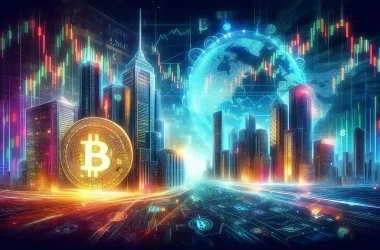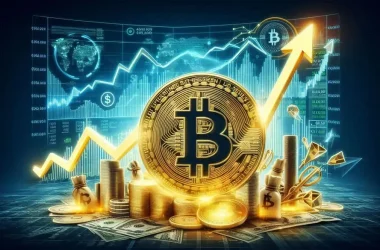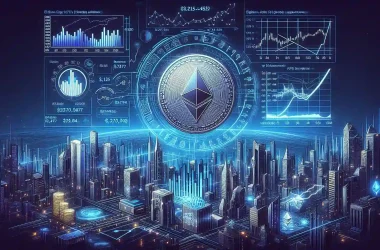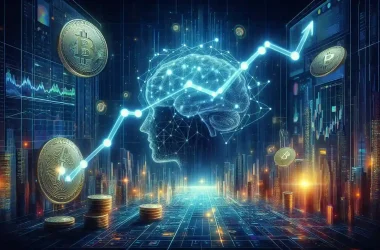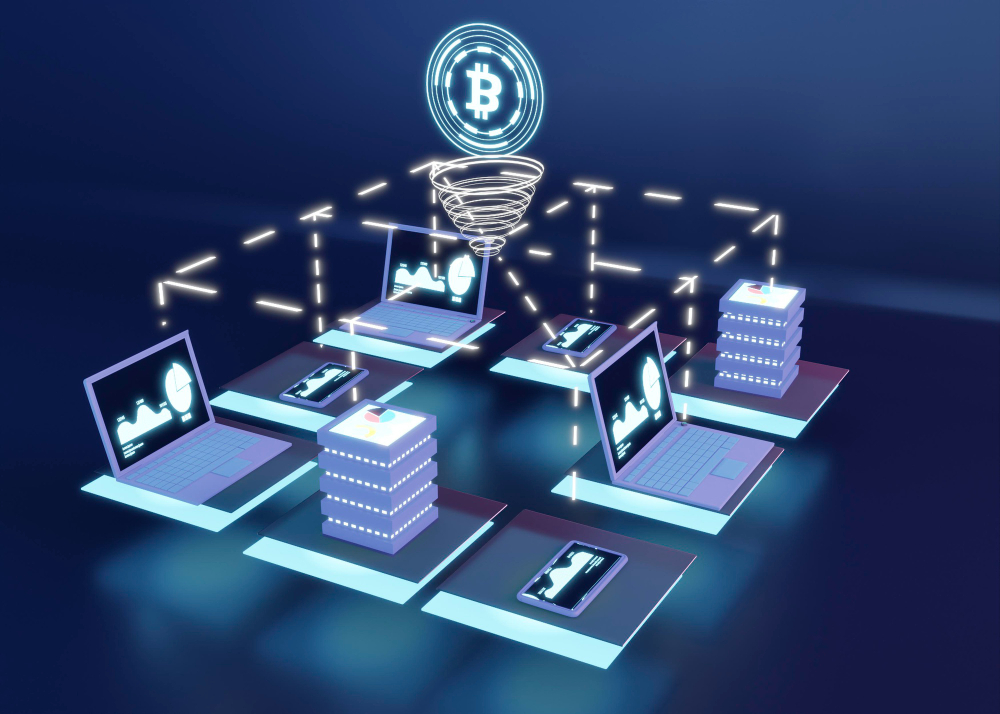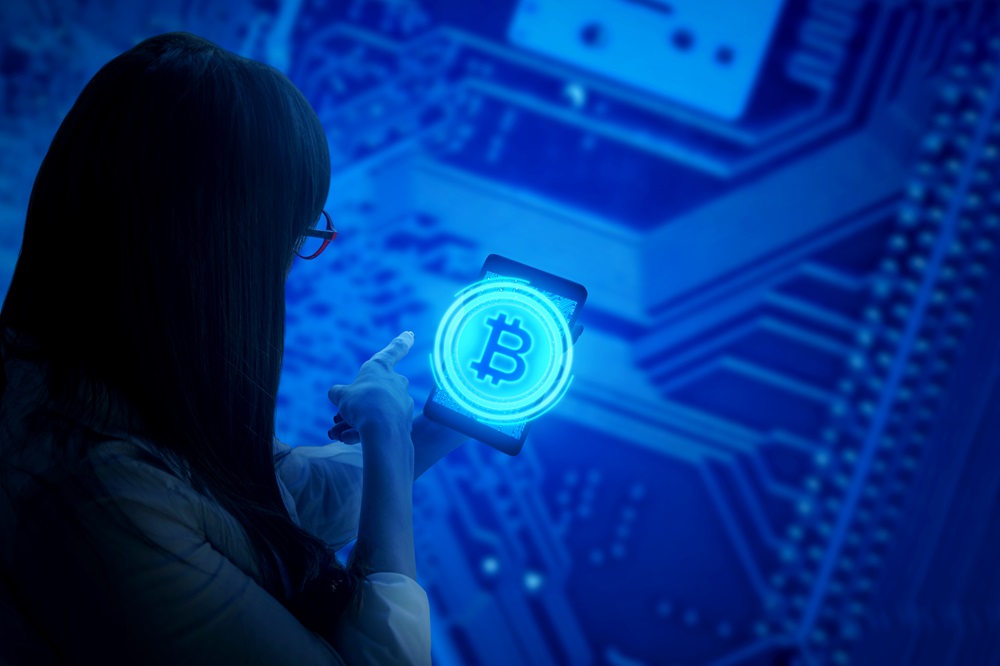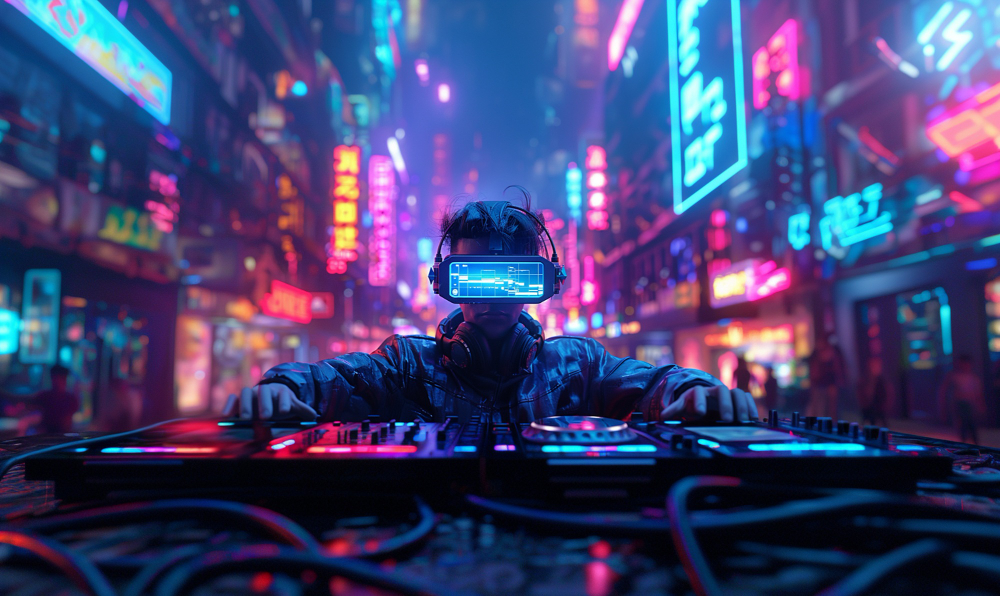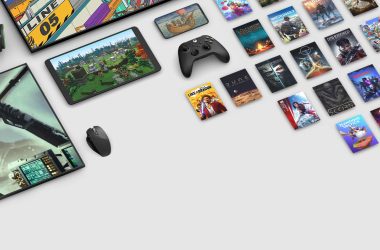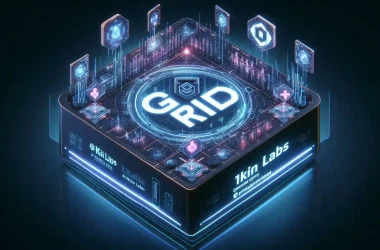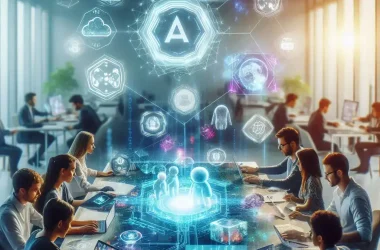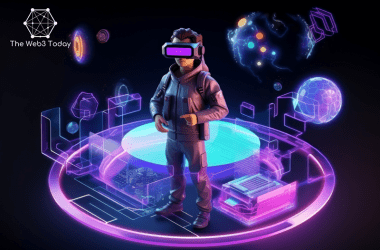The gaming industry is on the precipice of a revolution driven by the emergence of Web3 technologies. This new paradigm, built upon the foundations of blockchain technology, decentralization, and digital ownership, promises to reshape the way we play, interact, and even earn within virtual worlds. This article delves into the transformative potential of Web3 for the gaming industry, exploring its key features and the impact they will have on players, developers, and the overall gaming ecosystem.
The Dawn of Player Ownership: NFTs and Decentralized Economies
At the heart of Web3 gaming lies the concept of decentralization. Unlike traditional games where players have limited control over their in-game assets, Web3 introduces the concept of true ownership through Non-Fungible Tokens (NFTs). NFTs act as unique digital certificates that represent virtual items, characters, or even land within a game. This allows players to truly own their digital possessions, fostering a sense of agency and investment in the virtual world.
This shift towards player ownership unlocks a plethora of possibilities. Players can now freely buy, sell, and trade their NFTs on decentralized marketplaces, creating vibrant in-game economies. Imagine selling a rare weapon you crafted to another player for real-world value, or renting out your virtual plot of land for passive income. Web3 empowers players to become stakeholders in the game’s economy, fostering a sense of community and shared value creation.
Beyond Ownership: The Rise of Play-to-Earn and Community Governance
Web3 opens doors for innovative monetization models beyond traditional in-app purchases. The “Play-to-Earn” (P2E) concept allows players to earn rewards, often in the form of cryptocurrency, for their time and achievements within the game. This empowers skilled players to generate income through gameplay, potentially even turning their passion into a profession.
Furthermore, Web3 paves the way for player-driven governance. By integrating Decentralized Autonomous Organizations (DAOs) into games, players can collectively influence the game’s future development. Imagine voting on new in-game content, balancing mechanics, or even shaping the game’s lore – Web3 empowers players to become active participants in shaping the virtual world they inhabit.
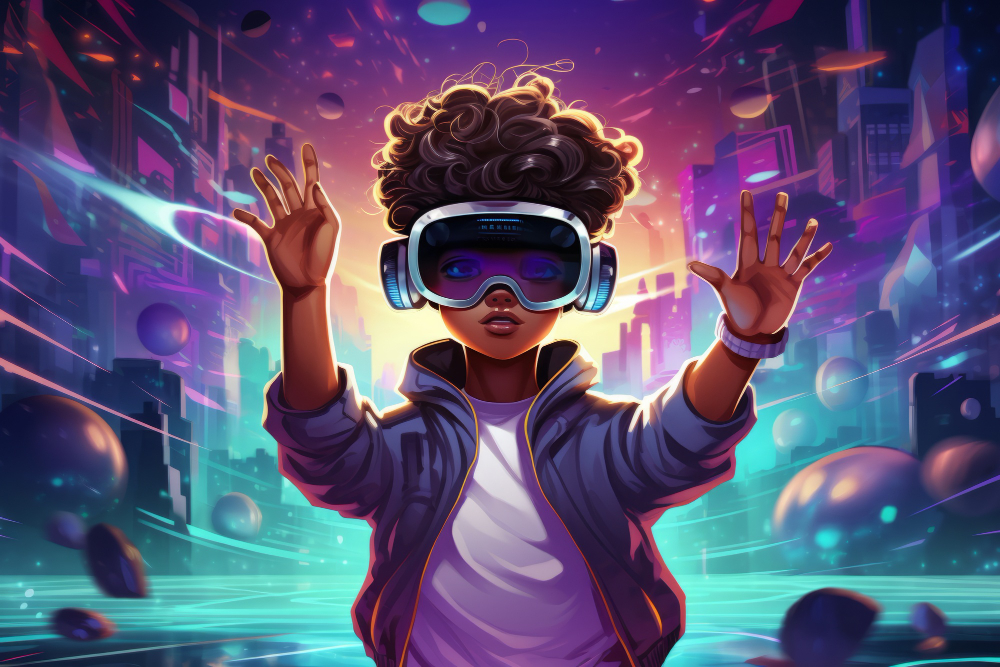
Redefining Value and Content Creation: User-Generated Content (UGC) and the Metaverse
Web3 fosters a more collaborative environment where players can contribute to the game’s development. The concept of User-Generated Content (UGC) takes centre stage, allowing players to create and own in-game assets like clothing, weapons, or even levels. These player-created NFTs can be integrated into the game’s ecosystem, offering players a chance to monetize their creativity and have a lasting impact on the virtual world.
This concept extends to the burgeoning Metaverse – a persistent, interconnected network of virtual worlds. Web3 allows for the seamless transfer of NFTs between different games within the Metaverse, creating a sense of continuity and value for player-owned assets. Imagine using your hard-earned sword across multiple Metaverse experiences, building a reputation and legacy that transcends individual games.
Challenges and Considerations: Building a Sustainable Future for Web3 Gaming
While Web3 offers immense potential, it’s crucial to acknowledge the challenges that need to be addressed for widespread adoption. Issues like scalability, the environmental impact of certain blockchain technologies, and ensuring a smooth user experience for non-crypto enthusiasts require careful consideration from developers. Additionally, fostering a healthy in-game economy and preventing exploitative practices will be key to building a sustainable future for Web3 gaming.
There’s also the need to prioritize engaging gameplay over pure speculation. Web3 integration should enhance the core gameplay experience, not overshadow it. After all, the most successful games will be those that strike a balance between innovative technology and captivating player experiences.


